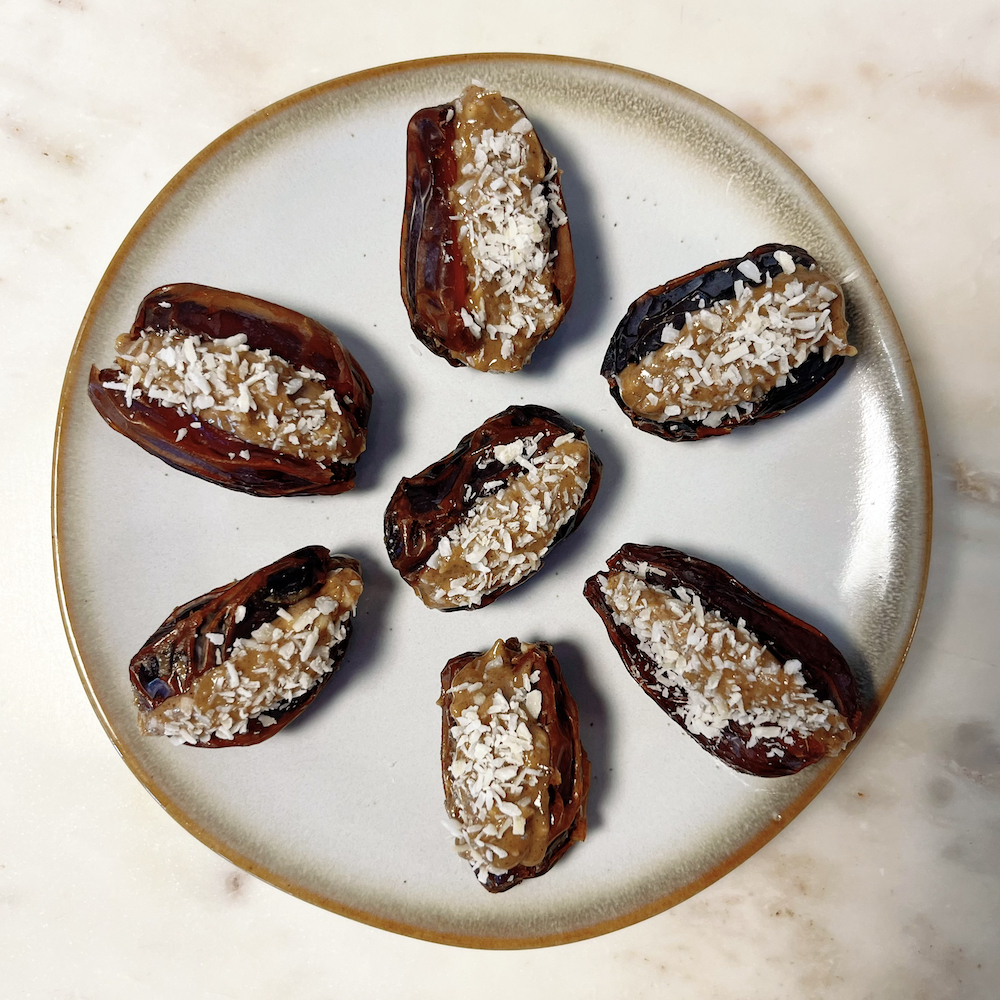
Learn from home all about how to prepare for birth from an experienced Certified Birth Doula. This online and self-paced virtual course encourages you to truly ENGAGE your heart + mind for your ideal birth experience!
What’s the incentive? Your growth! The more engaged you are = faster you’ll complete = cheaper the course!
Sign up hereQUICK ANSWERS
All the when do we know, evidence on due dates, what to pack, when do we call Doula, what if this or that, and quick tips for you and your partner.
OPTIMAL POSITIONING
Learn how you can have optimal fetal positioning, exercises to help Baby get in the ideal position for birth, and tips for you and your partner on how to use a rebozo for both an easier pregnancy and labor.
MINDFULNESS
Self-hypnosis, partner tips for helping you switch off your brain, laughing off those unwanted pregnancy comments, releasing fear prior to labor, positively reframing your mind, and printable birth affirmations
BREATHING
Heart and lung exercises plus breathing techniques for both pregnancy and each labor stage.
PREPARING FOR BIRTH
Feel prepared for birth? Does your partner feel prepared? Aside from taking a hospital childbirth class, learn from these documents and videos on how to birth easily in a hospital, what women aren’t told about birth, how and why to avoid purple pushing, evidence on failure to progress, and about oxytocin!
LABOR DAY
Learn all about each labor stage so you can gauge where you are at when you start early labor and each new labor phase, so you (and your partner) can know how to cope (or help you cope) within each stage: emotionally, mentally, and physically.
INTRO TO SPINNING BABIES
Check out this intro on Spinning Babies: why it’s important and how to create space for your baby, the ideal position, and ways using Spinning Babies’ guidelines can help to relieve back pain in pregnancy, turn a breech baby, and reduce cesarean risk.
NUTRITION, EXERCISE, & THE MICROBIOME
Learn about nutrition for pregnancy and growing your baby, evidence based information on the gut microbiome and immunity, probiotics and their benefits on Baby’s development, studies on how to safely exercise and its lasting benefits for Baby, essential oils for pregnancy, and weight gain.
ACUPRESSURE, FEAR, AND PAIN
The fear of pain during childbirth can actually inhibit the pleasurable feelings childbirth can actually bring. Checkout the Pain program to learn the most common answers to the most common questions regarding pain and childbirth.
PLACENTA 101
Learn all about the placenta and the role that this powerhouse contributes to the health of your baby, its development, and its function as well as the various insertions of placenta and how it can affect your birth experience.
DILATION, EFFACEMENT, STATION
You may be dilated 3cm and completely effaced but not go into labor for weeks. As labor nears, the cervix starts to thin (efface) and opens (dilate). A first-time mother may not dilate until active labor starts (6cm). Learn your birth rights to make informed decisions for starting labor naturally.
GROUP B STREP (GBS)
U.S. doctors test women for Group B Streptococcus between the 35th and 37th week during pregnancy. There are risk factors to your baby if it is transmitted, however you have a choice to receive or decline medication. Furthermore, there are methods to rid GBS prior to birthing.
GESTATIONAL DIABETES
Did you know methods are taught by dietitians to prevent gestational diabetes and pass the screening test? It is your right to choose an alternative testing method when screening for Gestational Diabetes. If you do end up with it, there are proven methods to reverse it through both diet & exercise!
BABY’S GROWTH
Ever wondered what your baby looks like during each week of your pregnancy? How about the development changes that are happening week by week?
PREECLAMPSIA
An estimated 8-10% of pregnant women are diagnosed with preeclampsia while pregnant; half of the cases occurring in women who had high blood pressure prior to pregnancy. This complication changes birth plans but knowing ahead of time can help you feel in control to adjust and prepare emotionally.
INDUCTION OPTIONS
The topic of induction can spark many questions and fears. Knowledge is power; understanding ahead of time the risks and benefits of various induction methods and techniques may help you make an informed decision for you and your body and your baby.
INTERVENTIONS 101
Avoiding labor interventions will aid a more positive birth experience with better outcomes for both you and Baby. Learning how to discern benefits and risks as well as how to decline and/or react to certain interventions is taught in childbirth education classes as well as in this brief overview.
EPIDURAL OPTIONS
Identify how to allow your hormones to help you progress and the benefits of doing so prior to receiving an epidural (if you need pain management), what the process of an epidural placement would look and feel like, as well as both the benefits and the risks so you can make an informed decision.
CESAREAN OPTIONS
Cesarean birth… is still BIRTH! Learn tips for how to avoid a surgical birth as well as how to think ahead about your preferences and your partner’s options during this type of birth if you do encounter a cesarean.
TEARING VS. EPISIOTOMY OPTIONS
Episiotomy vs. Natural Tearing and what you need to know about the methods of medically-necessary episiotomies and how you can prepare your body to avoid one.
INSTRUMENTAL DELIVERY OPTIONS
Learn the risks and benefits of instrumental delivery, such as why and when vacuum assisted delivery would be suggested.
PLACENTA DELIVERY OPTIONS
You have rights on how you want to birth your placenta: natural third stage of labor vs. managed third stage of labor. Natural stage can take 5-30 minutes upon a slight push with a contraction. Managed stage involves a provider speeding up the birth of the placenta by administering pitocin.
PLACENTA ENCAPSULATION OPTIONS
Learn all about placenta consumption risks and benefits.
NEWBORN PROCEDURE OPTIONS
Learn your many options for immediate newborn care procedures.
CREATE A BIRTH PLAN
Questions to ask your care provider, how to access their answers, and a complimentary resource for creating your birth plan(s).
get it free by purchasing one of these packages
Prefer to get the class a la carte?
Sign up hereOr, choose to use hypnosis for birthing – check out our Hypnobabies Childbirth Class.
Learn more about support roles in our Birth + Postpartum FAQ.














